Be an Informed Tree Pruning Customer
We all want the best for our trees. They are a valuable part of the landscape, and we feel a strong attachment to them. Finding the right company to trust with their care can feel overwhelming, however, establishing a long-term relationship with the right tree care professionals can pay off.
Regular pruning, or tree trimming, is an important part of caring for your tree. It requires specialized skills and equipment, and there are no do-overs if done incorrectly. Working with the same people each year allows homeowners to develop a plan based on their long-term goals. Additionally, they can enjoy peace of mind knowing who to call if something unexpected happens, such as storm damage or disease.

Top reasons to prune your tree:
- Remove dead or hazardous branches
- Improve the tree’s form, or shape, as it grows
- Meet homeowner needs, such as keeping space cleared from homes, buildings, or walkways
How to pick the right pruning company
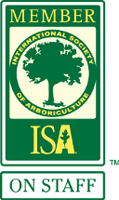
Questions to ask a pruning company
- Is your company bonded, insured, and licensed to do tree work in my city?
- Are the arborists selling and doing the work ISA Certified Arborists with the International Society of Arboriculture?
- What, exactly do you propose doing, and how will it benefits my trees—now and in the future?
- Additionally, be sure to communicate any questions, goals, and concerns you have about your trees and how they fit into your landscape.
Understanding a tree pruning or removal work proposal
- Ask if the job includes a full clean up.
- Will they remove all brush and logs? Will it include stump grinding?
- Get a specific description of the proposed work.
- For example, “Remove all dead wood to 1-inch diameter and clear buildings by 6 feet,” versus “Trim all trees in front yard.”
- Get clarification about job specifications, such as:
- What equipment will they use?
- Will they need to drop overhead utility lines?
- Are there any concerns about alternative routes to access a tree on your property—like going through a neighboring yard?
- Ask about credentials, experience, educational background, or anything else to assure you they are qualified for the proposed job.
Buyer beware
- Beware of tree trimming companies who hesitate to provide documentation about their credentials, licenses, or insurance. It’s also okay to ask who will be on the job site.
- Click here to Verify an ISA Credential by entering a name or number.
- Don’t be afraid to ask questions. A qualified arborist will clearly explain the work being proposed without being too vague.
- Don’t let your trees be “topped.” Topping happens when the entire top of a tree, or its large branches, are cut and there are no branches left large enough to become the main stem (called the “terminal leader.)
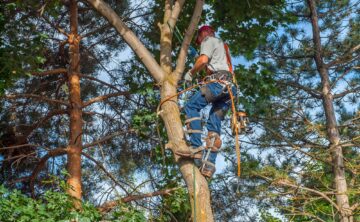
Have you ever wished your trees came with a manual?
Download the Tree Owner’s Manual created by the US Department of Agriculture for a one-stop resource to answer your tree questions.
Learn more about industry pruning best practices
- Topping Hurts Trees, from the International Society of Arboriculture
- ISA’s Pruning Trees information page
Need your trees pruned in the Twin Cities? We are licensed, bonded, and insured, and have over 45 ISA Certified Arborists on staff!
Other items you may be interested in:
Publishing note – delete this text box when complete. Click below, and in the ‘query’ use the search box to add in the 3 recommended pages or posts to include.
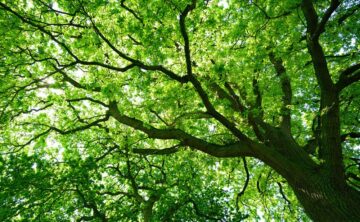
Mature Tree Benefits
We tend to take them for granted, but trees do a lot for us. Picture the difference between walking down a hot street with nothing
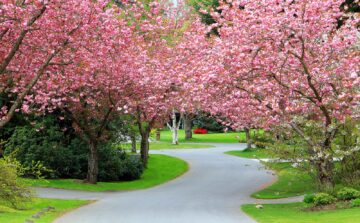
Spring Tree Care Checklist for Minnesota Homeowners
Welcome your trees back from their winter slumber with a little love and care. Spring is an important time for the trees and shrubs in
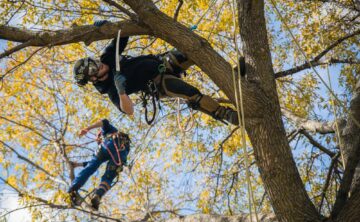
Trimming & Pruning
Tree Trimming and Pruning in Minnesota Rainbow Treecare is Minnesota’s premier provider of tree pruning services. We offer tree trimming (pruning) services to help your



